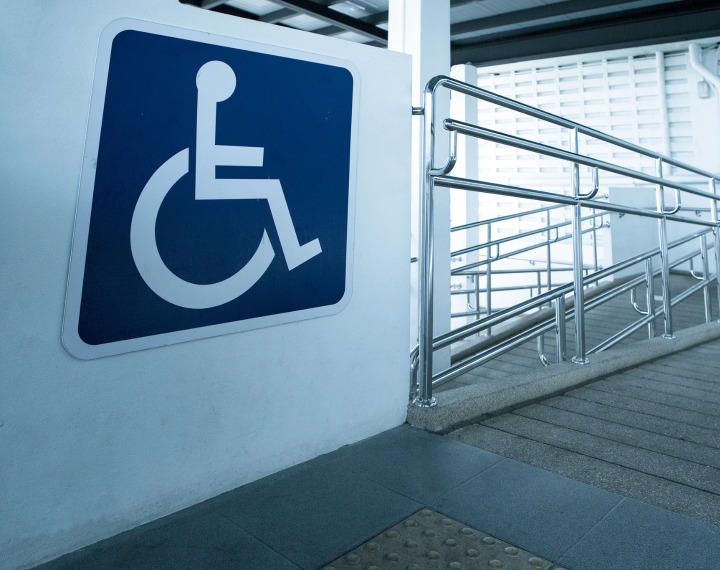What's Behind the Smile of Invisible Illness?
 Rheumatoid Arthritis awareness week is run by the National Rheumatoid Arthritis Society. The aim of the awareness week is to raise awareness about what life is like living with RA, as well as challenging misconceptions that people may have about this condition.
Rheumatoid Arthritis awareness week is run by the National Rheumatoid Arthritis Society. The aim of the awareness week is to raise awareness about what life is like living with RA, as well as challenging misconceptions that people may have about this condition.
This year RA Awareness Week 2017 (19-25th June) is focusing on ‘invisible illness’ and ‘what goes on behind the smile’. When someone falls over and breaks their leg, their injury is visible, which means that it’s easier to relate to and understand. However, when someone is suffering from an invisible illness like RA, depression, or IBS, understanding and relating to their condition can be more difficult.
This week the National Rheumatoid Arthritis Society is focusing on a different aspect of living with invisible illness each day. To support this year’s theme, we wanted to discuss what is behind the smile of someone living with invisible illness and determine ways to help make life easier for RA sufferers and others living with an illness that isn’t always visible.
What are the perspectives that people have about invisible illness?
A common problem that invisible illness sufferers have to deal with is a lack of belief that they are unwell. Take disabled toilets, for instance, when someone who looks physically healthy walks into a disabled toilet, people make assumptions that they are being selfish and are too lazy to walk the extra couple of metres to the normal toilets. However, what's important to understand is that just because someone looks well, that doesn’t mean that they don’t have an invisible illness and need to use disabled facilities. Just because you can’t tell that a person is unwell from looking at them, that doesn’t mean that they don’t live with deliberating pain and discomfort.
How can you support someone with an invisible illness?
One of the best ways that you can support someone living with an invisible illness is to show them your support no matter what. A common issue that people living with invisible illnesses face is friends, family, and co-workers not believing that they are unwell because their illness isn’t visible. The best way to show your support for someone living with an invisible illness like RA is to show them empathy and understanding, and to remember that just because you can’t see their illness that doesn’t mean that it doesn’t exist.
What are the best ways to manage the symptoms?
The way that the symptoms of each invisible illness should be managed depends on what the illness is and how it affects the sufferer. However, when it comes to managing the symptoms of RA, most sufferers choose to use a range of management methods. These include taking inflammation medication to help relieve some of the inflammation around the body, secondary to this treatment method sufferers use a combination of methods to manage their condition, like painkillers, gentle exercise, massage, heat and ice therapy, and aromatherapy. However, what it’s important to understand is that how each RA sufferer manages their condition depends on their specific needs.
Living with an invisible illness is no easy task, as a lot of sufferers of conditions like RA, IBD, and depression. Which is why sufferers of invisible illness need as much care and support as possible, to help make life that little bit brighter for them.




